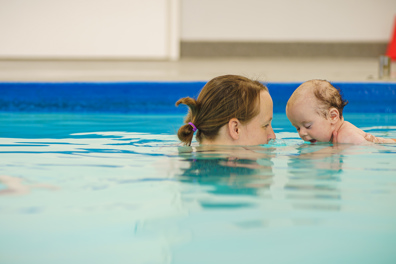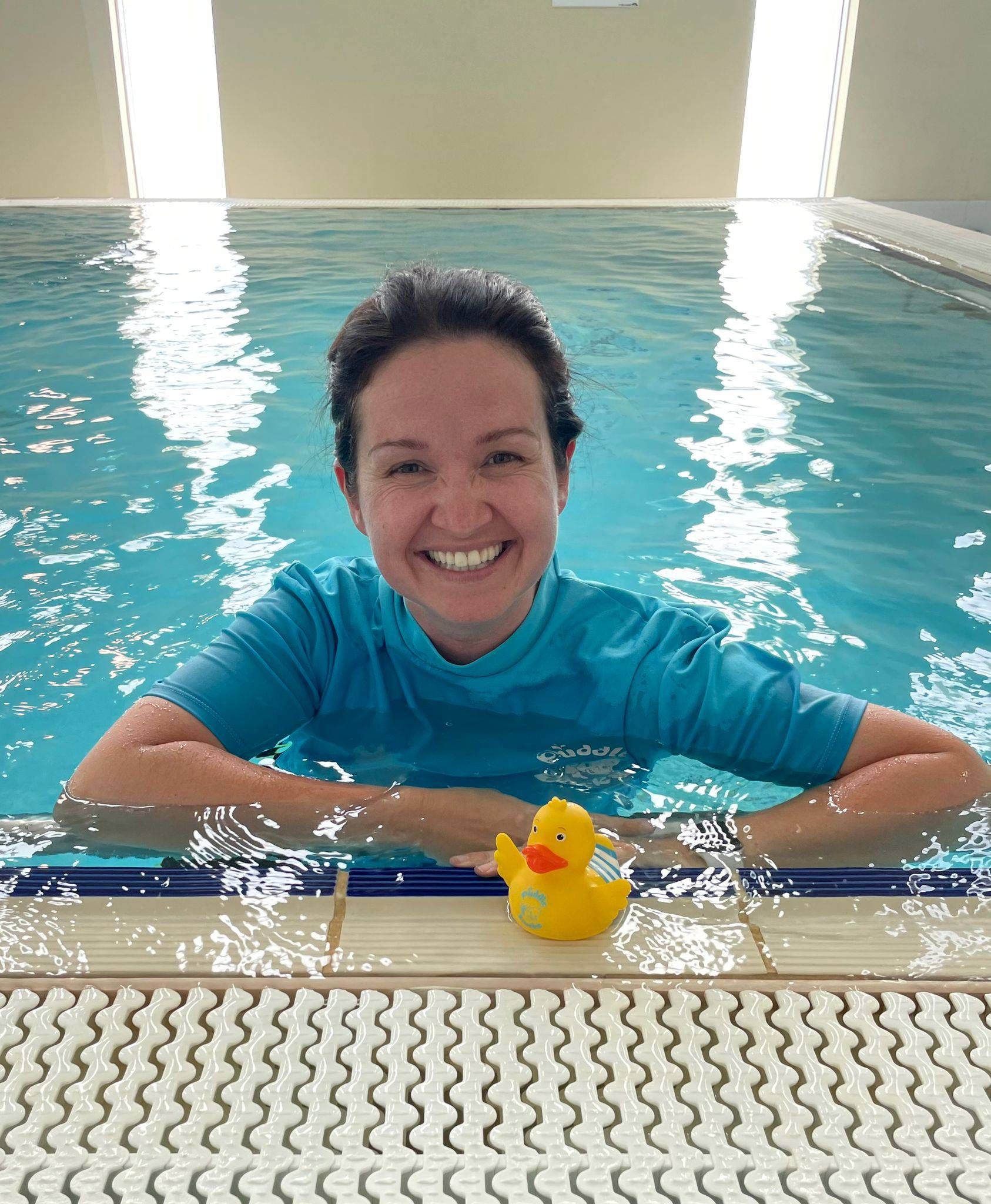“My Puddle Ducks teacher always talks about the gag reflex but what exactly is it?”
The gag reflex (or to use its fancy name – the pharyngeal reflex or laryngeal spasm) is an extremely clever reflex that is stimulated when water or food enters your baby’s mouth. It sends a message to the epiglottis (a little flap) to shut off the trachea (windpipe) to stop water or food entering the lungs.
“Why is it important in my baby’s swimming lesson?”
The gag reflex is important in our Floaties lessons as it means that submersions under the water are safe. So, if our babies want to explore the water, copying their grown up or their teacher, dipping and turning their faces into the water, then it is completely safe. On resurfacing, our babies may cough and splutter a little to expel the water from their mouths but at no time can water enter their lungs. This means we can encourage even our tiniest swimmers to explore the water through cheek dips, face dips, surface swims, spurting and bubbles!
“What happens as my baby gets older?”
Gagging is a reflex that is present from birth and remains with us for our whole lives but at about 6 months of age it will start to diminish. Over time, our little swimmers will learn the signals we use in our lessons through our carefully planned surface swims, playing with bowls and jumping activities and then they will start to automatically close their mouths and not let any water in. I love watching the little faces of our Splashers and Kickers as they learn the jumping signal – watching them learn to close their mouths as they prepare to jump in!


